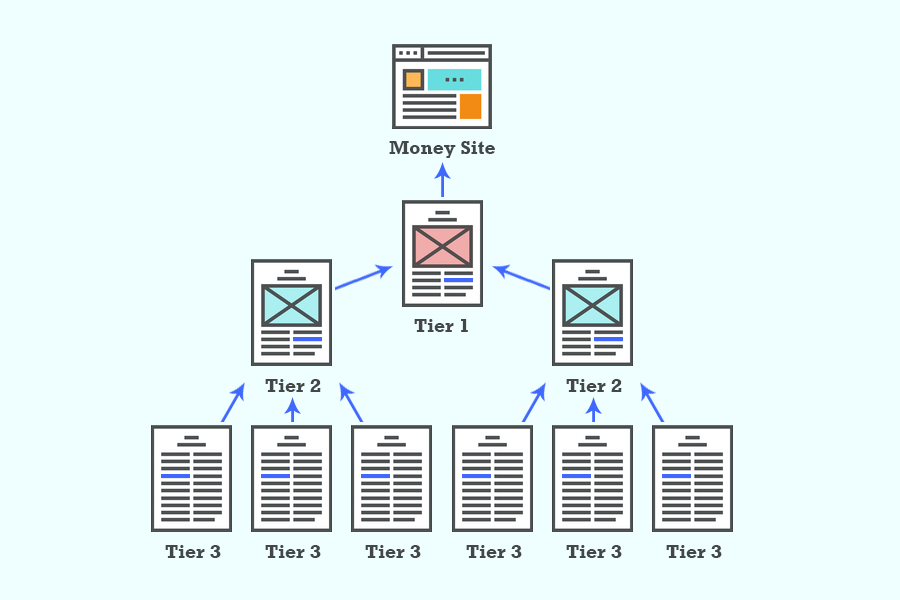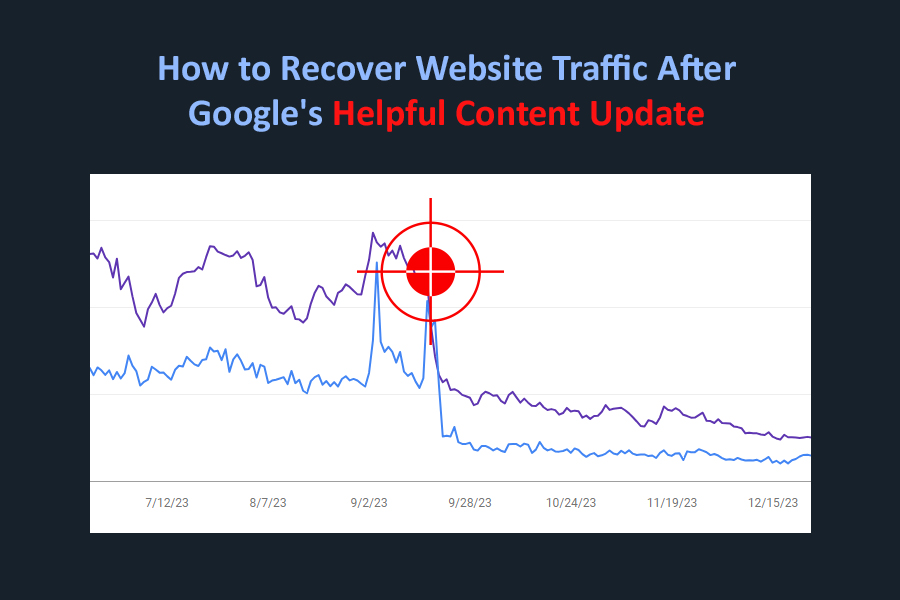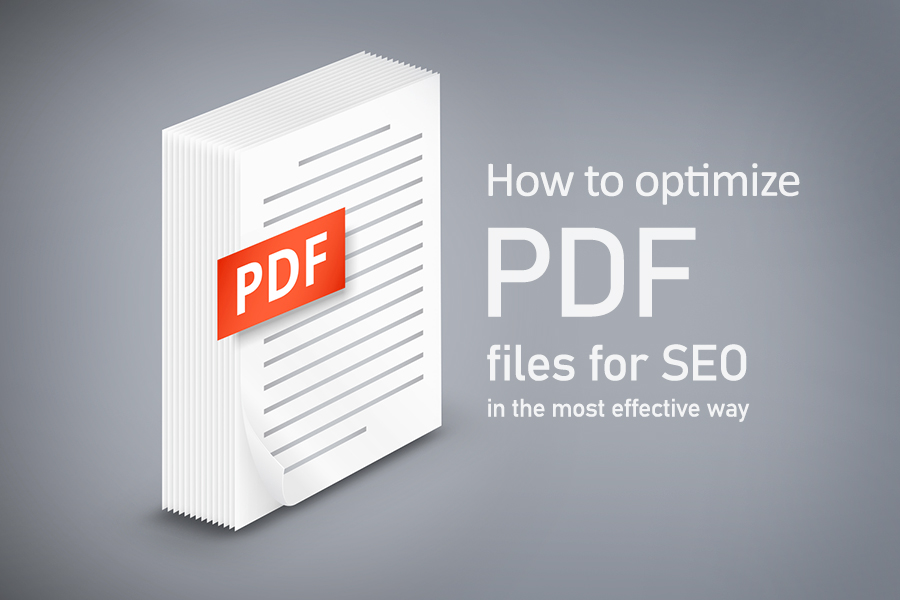
Forms, menus, guides, manuals, printable content, reports, studies, survey results, and tutorials.
Other than being basic forms of content, there is one more thing common among these.
They are mostly available on the web in PDF files.
PDFs or Portable Document Format files are an effective form of sharing content that may or may not contain images, videos, audios, links, and buttons.
But, most people think of PDFs as a non-SEO-friendly form of content. This often results in the underutilization of the benefits of the format.
Search Engines and PDFs
It has been a widespread misconception that Google and other search engines could not decipher and, thus, rank non-HTML content like PDFs.
But, that is far from the truth.
Google first started indexing PDFs in 2001 and continues to do that even today. It even adds its own tag, “[PDF],” before search engine results that are in this format.
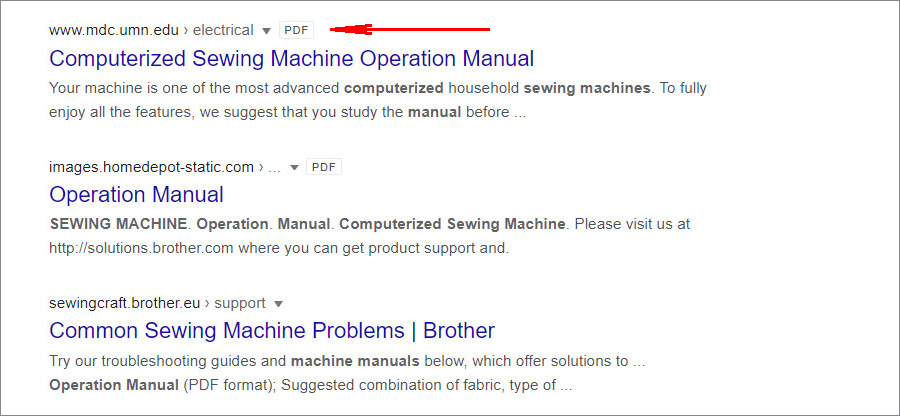
The only reason website owners cannot rank PDFs in SERPs is because they have little or no idea about how to optimize a PDF for SEO.
To make sure that doesn’t stop you from sharing valuable information in PDF files, here are six simple and effective ways to optimize PDF for SEO.
Optimizing PDFs for SEO - A 6-step guide:
1. Keyword Research
Keywords are the key to higher search engine rankings.
This is something you must have heard in the context of general SEO.
And guess what?
Keyword research is the starting point in PDF optimization, too, just like any other form of SEO.
If you want your PDFs to rank, don’t forget to do comprehensive keyword research and analysis.
Not only should the content of your PDF contain relevant keywords, but the keywords should also be included in the title and description of your PDF.
You can right-click the PDF in the folder or go to the File menu in the PDF to find the “Properties” dialog box.
You can add the Title, Description, and Keywords related to your PDF in the dedicated sections in the Properties dialog box.
It is just like adding meta titles and meta descriptions to all the pages on your website.
The information that you feed in here serves two purposes.
First, it helps the search engine understand what the content is about.
And second, it shows as the snippet in search results, thus inviting the readers to click.
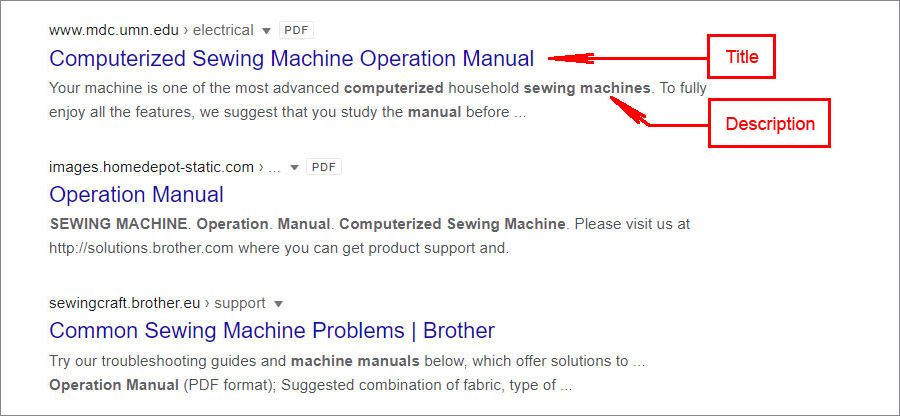
Using relevant keywords in these fields can go a long way for your PDF.
You can use keywords as Alt Tags for Images. (More on that later!)
2. PDF File Name
You would find many people asking, “What’s in the name, after all?”
Well, from an SEO perspective, when you are naming your PDF, the file name plays a major role.
You should ensure that your PDF file name contains keywords relevant to the content in the file.
If we wanted to publish this article as a PDF file, a suitable title would have been “How to SEO optimize PDFs.”
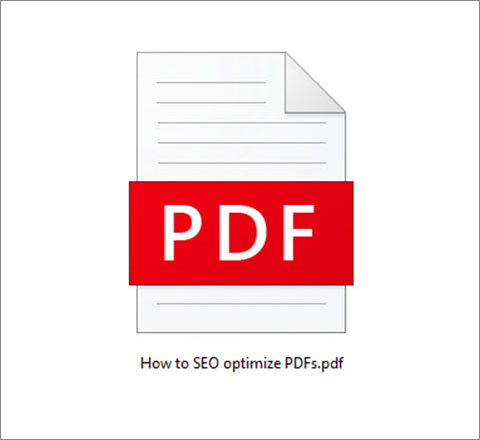
This is the most valuable keyword based on the content that the file would contain.
To find the most valuable keyword for your PDF file, do proper keyword research.
Long tail, specific query keywords would be your best pick.
Some more factors to consider while naming your PDF include:
- Capitalize The First Letter Of Each Word In The File Name. (See what I did here!)
- Add-Hyphens-To-Separate-Each-Word
3. Linking
A major point of criticism against PDFs is that they are dead ends.
Consider an example:
A reader searches “How to use machine X.” You, the producer/supplier/distributor of that machine, have a PDF guide.
Now, let us assume that you did all the right SEO optimization PDF.
The PDF ranks in the search, and the user clicks on the result to read the manual.
But, what happens when the reader reaches the end of the document?
That is a reader trap or a dead end.
To make sure that does not happen, including valuable links, even in the form of anchor text is important. These links can be to your website or even to other high-authority sources.
While the importance of linking is well-known in general SEO, you can make sure you apply the same concepts to your PDFs.
A simple way to link a PDF to your website is to add your home page URL in the footer.
This way, readers would know where they can head to for more information, or maybe, to make a purchase.
Also, do not forget to link the PDF to your website structure. If you fail to do that, it is likely that your PDF will not be indexed and thus, won’t show in search results.
4. Image Optimization for PDFs
Image optimization is another lesson-known and extremely under-utilized SEO tactic.
When we talk about the most popular search engine, Google, it is important to know that other than text search, there is a specific image search as well.
Now, it is possible that PDF files are a little tough for search engines to crawl and index.
But, the image search is a wider category that you can utilize.
How?
If you can make sure that your PDF images show up in image search, you can increase the reader footfall on your PDF file through that image.
And how can you make that happen?
By using Alt Tags.
Alt tags, which stands for alternate text, describes the contents of the image. This helps search engines understand where the image should show in search.
If you use the right and relevant keywords as the alt text of the images in your PDF file, you can give Google (and other search engines) a hint about what the image, and consequently, the PDF file includes.
This simple SEO trick can help you rank your PDF higher.
Nor sure how to add alt tags in PDFs?
While the process is likely to differ based on the software you use, you can find all the basic information about adding alt tags to images in PDFs here.
Another aspect of using images in PDF files is optimizing its size.
Page load speed is directly connected to bounce rates. The more time it takes to load your page, the more likely are the readers to go away from your site.
This stands true even for your PDF files.
One of the reasons why it takes more time for PDFs to load is unoptimized images.While you cannot reduce the PDF information to make it load faster, you can use platforms like JPEGmini or Soda PDF to compress images and file size. This also helps load the PDF faster on mobile devices.
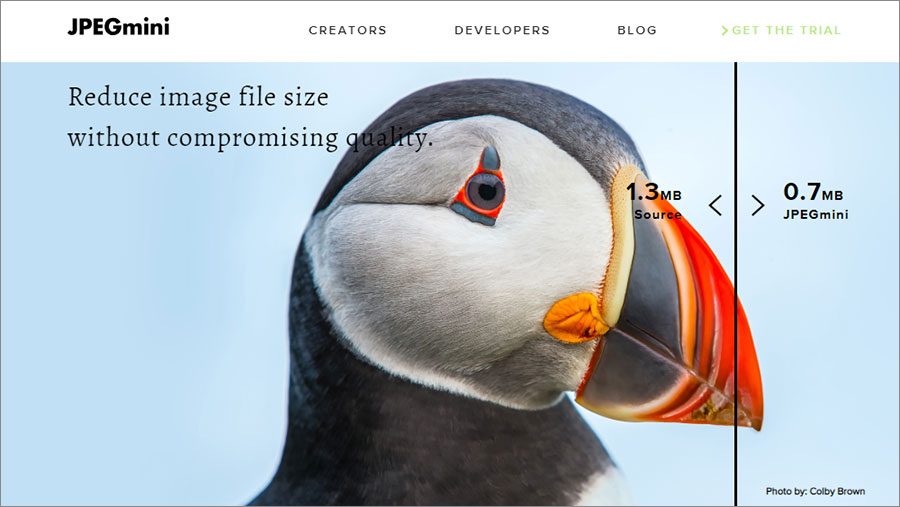
Note that compressing images does NOT have any visible impact on the quality of the picture.
5. Subheadings
Irrespective of whether it is a PDF file or any other form of content, there are three types of readers:
- The Skimmers - They just scan the document and don’t bother about reading the details.
- The Skippers - These people skip through the information that doesn’t seem relevant or engaging
- The Complete readers - These people are likely to read through the entire text.
No matter what kind of reader you have, the best way to make them stick to the end is to use subheadings.
A majority of people fall in the first two categories, and with their goldfish-like attention spans, it is essential that you make a content outline.
PDFs are most likely to contain detailed information. To make such information engaging, use lots of section divisions, subheadings, and even bullet points to make scanning through the document more accessible.
Also, try and keep paragraphs short (Ideally three to four sentences) so that the readers don’t get confused or bored.
You can also clean up the reading order by going to the View > Tools > Accessibility section.
Using this feature, you can select specific sections of your PDF files’ content and describe what it is about.
This is considered to work in a manner similar to header tags in common SEO.
6. Plain Text
Have you ever come across a PDF file from which you could not copy any data? You try hard to make the cursor select some part, any part of the text, but that doesn’t happen…
...such PDF files are image-based.
To the normal eye, it is just text because we can read it. But technically speaking, they comprise images with text on it.
This makes no difference to the reader, but could potentially have an impact on SEO.
Search engines can better understand the text. However, search engines are now getting better at reading images too.
Instead of using image-based content in your PDFs, use more text.
You can, though, use images to complement the text at places where text won’t suffice. (Diagrams, charts, graphs, etc.)
While it is not possible to say that it would 100% help in search engine ranking, it is worth giving a try.
Pro Tip - Password protection
Other than the above tricks, you should also password protect your PDF files. This will prevent others from editing your file and using it as their own.
Just beside the Description section in the Properties dialog box, you will find the Security option.
While the settings are by default set to none, you can add passwords to make sure your file is safe.
Mobile Optimizing of PDF files for SEO
One of the most vital points of criticism that PDFs face is that they are not mobile-friendly.
Experts have gone as long as to call PDFs 'archaic’.
Now, this isn’t something that can be denied entirely.
PDFs do have some issues when it comes to being viewed on mobile devices.
The most prominent of these issues is that PDFs don’t open in mobile browsers. They get downloaded, and then a special PDF viewer app is needed to view the file.
This breaks the flow of information sharing and often results in site abandonment and lower user satisfaction.
However, that does not mean that PDFs are an obsolete form of content in the mobile world.
You can keep the size of the file small. Smaller files load faster and don’t waste much of the reader’s time. If your PDF file downloads before your readers get bored, it can work in your favor.
Also, keep all your content left-aligned so that when the files are viewed on mobile devices, there is no need to swipe horizontally to view the complete text.
You just need to understand the hindrances before you can optimize your PDF to combat that issue.
And that understanding comes from continuous and comprehensive tracking.
Tracking PDF Performance
When you have taken so many SEO efforts to make the best use of your PDF files, it is also necessary to track your PDFs’ performance.
This would give you intelligent and actionable insights about future PDF optimization.
But, don’t judge the PDF based on other formats, for example, product pages.
PDF files are created for specific purposes. And to track their performance, use specific parameters.
You can use Google Tag Manager and Google Analytics for this.
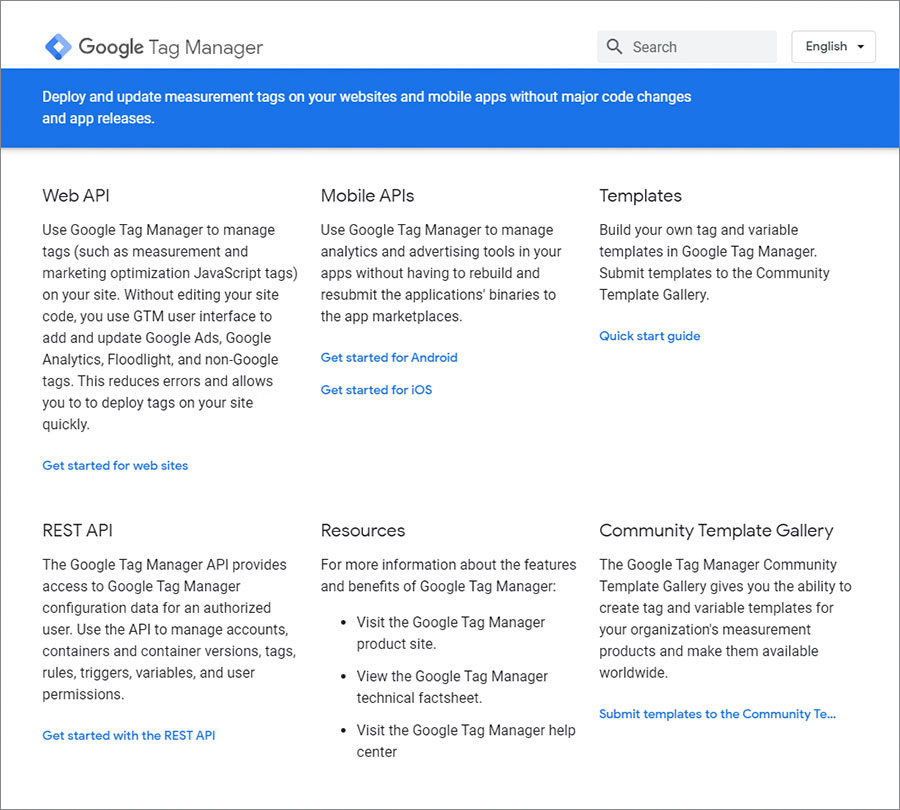
The Google Analytics standard report can give you data on the following metrics related to PDFs on your website:
- PDF’s URL
- Source/Medium
- Unique Pageviews
- Bounce Rate
- Average Time on Page
You can also use Google Tag Manager or Google Search Console to get information on the following parameters:
- Organic v/s non-organic downloads.
- Monthly downloads and percentage change
Tracking your PDF’s performance will help you understand what SEO tricks are working for you and where you can improve.
When to Use PDFs?
PDFs are essential. Accepted.
But, they are not one-stop solutions for sharing all types of information.
With changing times, you need to understand the best uses of PDFs and also identify areas where PDFs have better alternatives.
Top uses of PDFs for businesses include:
- Technical sheets
- Specification listings
- Client case studies
- White papers
- Manuals
- Brochures
If you think you can use plain HTML type format to convey the information, consider that as an option, as it is much more convenient from an SEO viewpoint.
No matter what information you convey through PDFs, using the SEO optimization steps is vital.
Don’t let misconceptions and myths stop you from fully utilizing the potential of your PDFs.
Optimize PDF files in the best way to reap its benefits.

